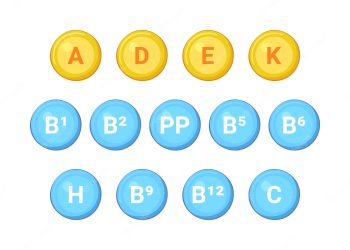
Believe it or not, Microsoft is well aware how much Windows users dread updating their computers. The process has never been especially fast or efficient, and even with all the technological advancements and improvements over the past three decades, Microsoft still hasn’t found a way to effectively simplify the update system. In fact, Microsoft has been under fire for forcing updates on users and even taking over their machines to apply updates.
But beyond the more complex concerns that many users have regarding Windows updates, there’s also a far simpler issue: Windows updates are excruciatingly slow. The good news is that Microsoft has a plan to speed up the update process in the future so as not to kick users off of their computers for an extended period of time.
In a blog post last week, Microsoft explained that its biannual feature updates (which are far more substantial than the more frequent quality updates) consist of four phases, each of which occurs either “online” or “offline.” Online phases occur in the background while the system is running, while the offline phases can’t take place until the user decides to turn off or restart the system. During the offline phases, the user is unable to access the machine, and Microsoft says that when it rolled out the Creators Update in April 2017, these phases lasted an average of 82 minutes.
That’s nearly an hour and a half that Windows 10 users were forced to step away from their computers, which is why reducing the offline time has become a priority for Microsoft. In order to accomplish this, the company began moving work that was once done in the offline phases to the online phases. So while the online segment of the process now takes slightly longer, the average offline time for the Fall Creators Update dropped to 51 minutes.
Microsoft has continued to optimize the update system in the months since the Fall Creators Update rolled out, and now that even more work is being done in the background while the machine is active, the expected offline time for the next major feature update has fallen all the way down to just 30 minutes.
“Because of these changes, the online phase for the feature update will take longer to complete,” Microsoft explains. “However, this should not be noticeable to most users, as the setup processes run at a low priority, so they won’t have a large impact on a device’s battery life or system performance. We’ll continue to pursue further improvements to the feature update installation process.”
source:-BGR







